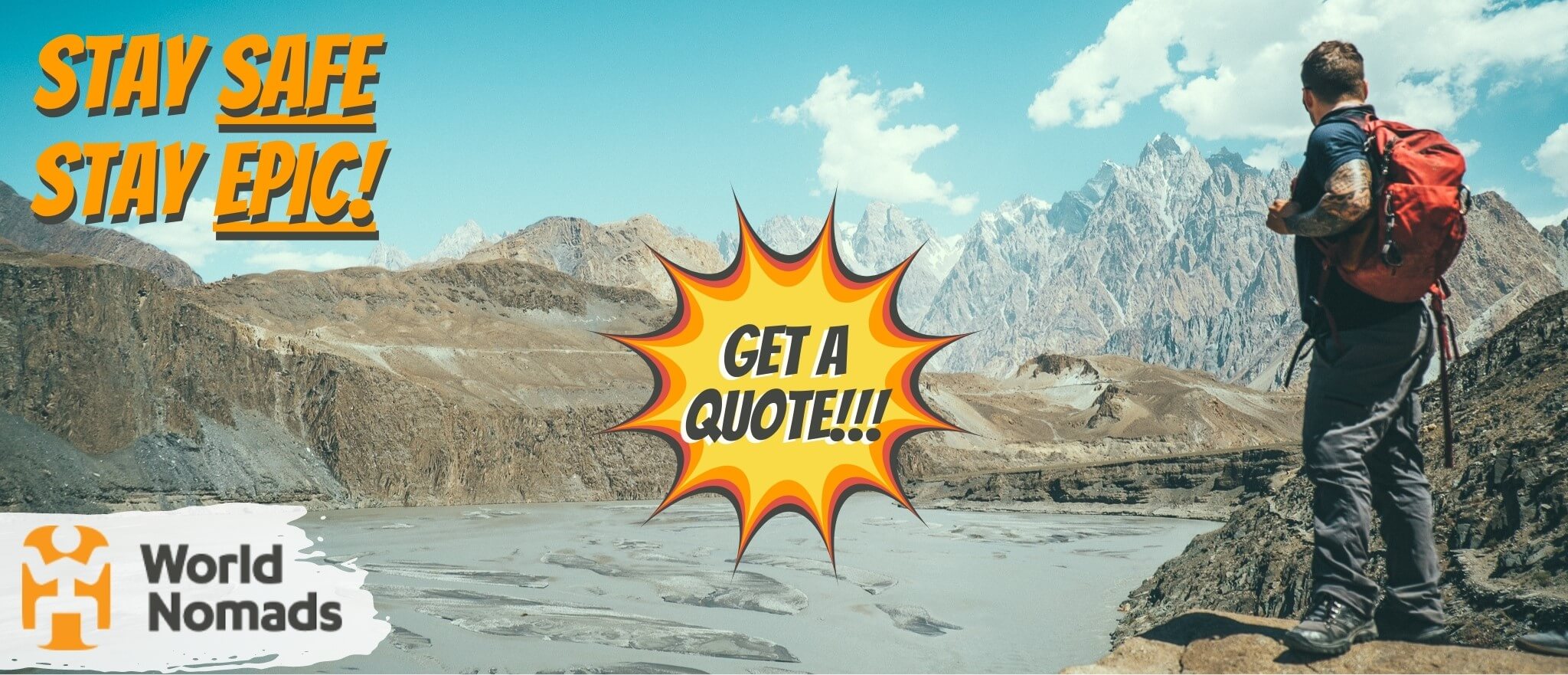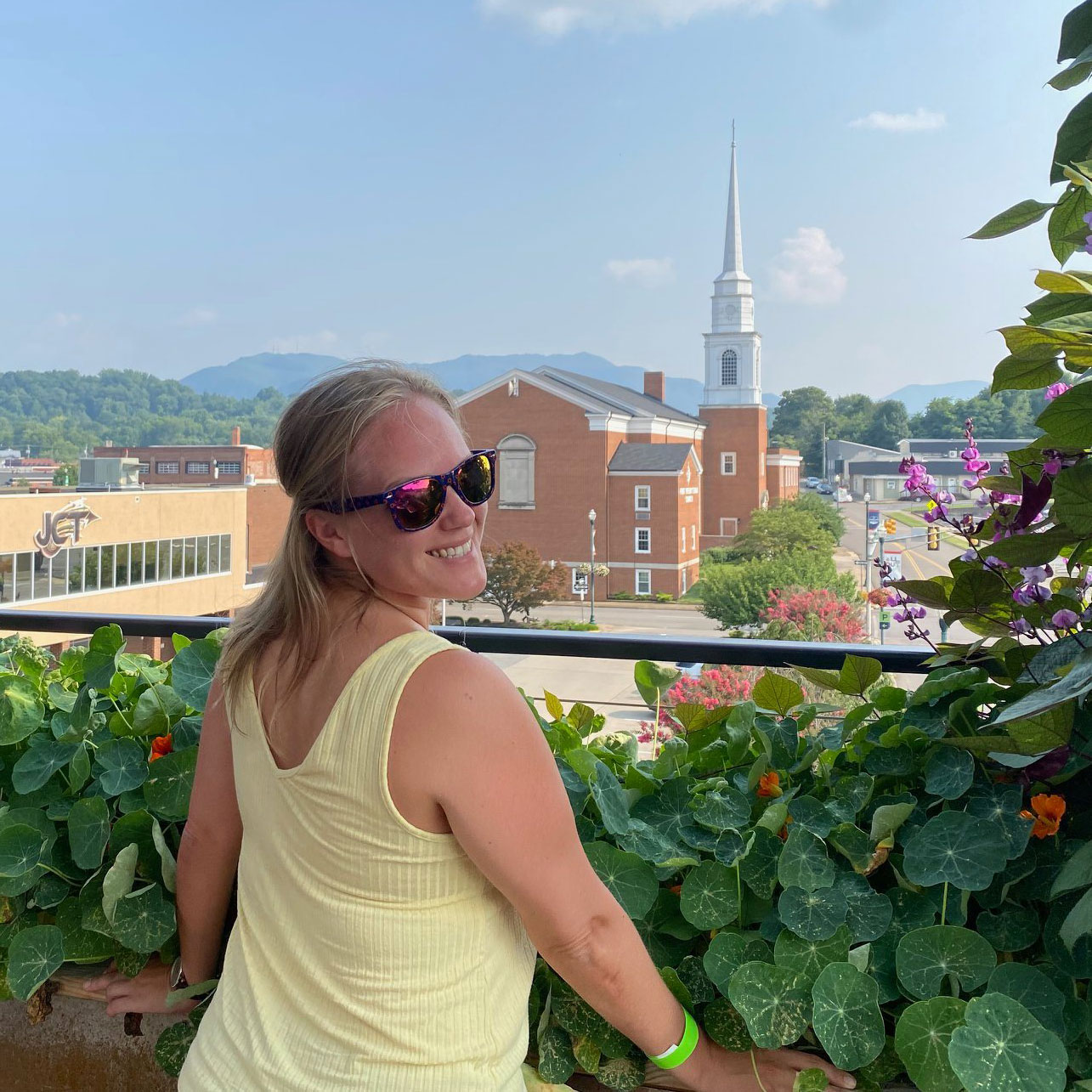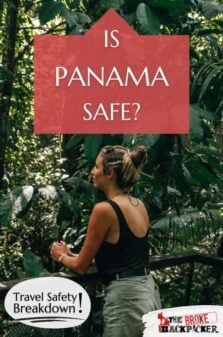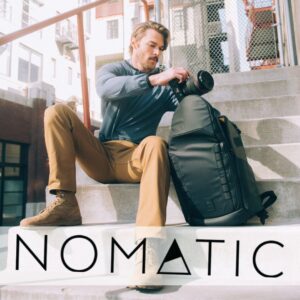Adventurous jungles, glorious beaches and both the Caribbean and Pacific lapping its shores! Add some vibrant and colourful cities with the relics of colonial Spain and laid back local life and Panama is an all round cool place to visit.
Home to the famous Panama Canal, as well as the very infamous Darien Gap, Panama is the place to go for you if you are looking for proper adventures. It feels like something from a movie and is freacking awesome.
Then again, those rainforests also make for a great place for Colombian rebel groups to hang out in. It also makes for a convenient place for drug trafficking gangs to use. Elsewhere, in the cities and towns, in crowded areas, tourist sights and public transport, theft is common…
So naturally, this may lead you to wonder about how viable a trip to Panama really is. You may well be asking, “How Safe is Panama?” and this is why we have created this insider’s guide to staying safe in Panama. From taxis and transport to advice for solo female travellers and even families, our guide has you covered.

Unlock Our GREATEST Travel Secrets!
Sign up for our newsletter and get the best travel tips delivered right to your inbox.
How Safe is Panama? (Our take)
In general, backpacking in Panama is pretty safe. In fact, it’s one of the safest countries in the Central American region – people are friendly and there are plenty of laid-back rural areas to explore.
However, despite its relative safety, Panama remains somewhere that should be visited with caution. There are some no-go areas in the country that are home to drug trafficking gangs and Colombian rebel groups.
On the whole, crime rates are actually pretty high; mugging and pickpocketing is a common issue, especially in the capital.
Nature can pose a risk too, with everything from rainy season and riptides, to dense jungle and nasty critters to consider on your trip to Panama.
Without further ado, let’s look into the details of what makes this country tick…
There is no such thing as a perfect safety guide, and this article is no different. The question of “Is Panama Safe?” will ALWAYS have a different answer depending on the parties involved. But this article is written for savvy travellers from the perspective of savvy travellers.
The information present in this safety guide was accurate at the time of writing, however, the world is a changeable place, now more than ever. Between the pandemic, ever-worsening cultural division, and a click-hungry media, it can be hard to maintain what is truth and what is sensationalism.
Here, you will find safety knowledge and advice for travelling Panama. It won’t be down to the wire cutting edge info on the most current events, but it is layered in the expertise of veteran travellers. If you use our guide, do your own research, and practise common sense, you will have a safe trip to Panama.
If you see any outdated information in this guide, we would really appreciate it if you could reach out in the comments below. We strive to provide the most relevant travel information on the web and always appreciate input from our readers (nicely, please!). Otherwise, thanks for your ear and stay safe!
It’s a wild world out there. But it’s pretty damn special too. 🙂
Is Panama Safe to Visit Right Now?
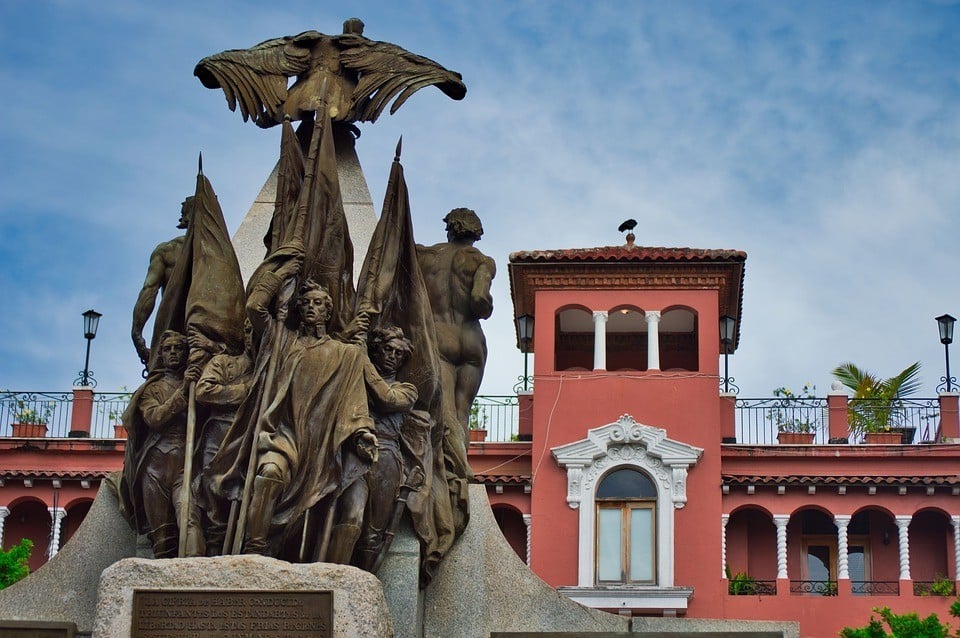
Straddling two continents, with two distinct coastlines (the Caribbean and North Pacific) connected by a world-famous canal, Panama is definitely of interest. Hiking, rainforests, mountains, culture – it’s all here, which is why its tourist levels have been on the rise recently.
It’s becoming more and more important for the country, as tourism is currently slated to generate upwards of USD $104 million. It is one of the main factors in the country’s economy.
With all those tourists coming in, obviously, it’s in Panama’s interests to keep them safe. Tourist police in the most visited areas (including Panama City, of course) make sure that visitors not only feel but are more secure.
However, there is still a lot of crime to contend with in this Latin American nation. Serious crimes are mainly between rival drug trafficking gangs. The risk of street crime, specifically to an unsuspecting tourist that walked into the wrong neighborhood, is relatively high.
The border with Colombia (specifically Darien Province) is a dangerous area. The violence that still sporadically affects Colombia can spill over the border into Panama.
Pickpockets are common on the streets, but as with most places, the more touristed areas are generally safer than others. And with a bit of caution, you can fully protect yourself from pickpocketing thieves.
Political demonstrations can occur in the city, particularly around the university. These often take place around the main road of Panama City known as Transistmica, as well as roads leading from Bocas del Toro.
Another thing you need to keep in mind when visiting Panama is the weather. The rainy season is something you should know about too. It runs from April to November and can result in flooding and landslides, especially in rural areas. It can even make city streets impassable. The heaviest rains take place in October and November.
There is A LOT to keep in mind when planning your trip to Panama, but as long as you’re an experienced traveller and come prepared with some safety hacks, you should have a pretty safe time in Panama right now.
Safest Places in Panama
When choosing where you’ll be staying in Panama, a bit of research and caution is essential. You don’t want to end up in a sketchy area and ruin your trip. To help you out, we’ve listed the safest areas to visit in Panama below.
Boquete
Boquete is a small hamlet located in the high cloud forest of the Chiriqui mountains. It is a very refreshing place to visit, with brisk mountain air, whitewater rivers, and dozens of little plantations dotting the edge of the village. Those who want to relax in the jungle with a cup of organic, local coffee or enjoy adventure sport will like Boquete very much
Boquete isn’t what I’d call a hidden gem though; at least not these days. Boquete has been the subject of a lot of tourism in recent years and, as such, has become more developed.
It’s still a very charming place to visit, for sure, but there’s no lost temple in the middle of the jungle that Indiana Jones might stumble upon.
El Valle de Anton
Thanks to its relatively close proximity to Panama City and its stunning natural setting, El Valle de Anton is one of the best eco-retreats in Panama and a favorite getaway for locals. Situated in the heart of a caldera and surrounded by leftover volcanic monoliths on all sides, Anton is a great place to go hiking or just escape to somewhere more bucolic.
Several buses connect Anton with Panama City and the surrounding province. Once you arrive in the village, your own two feet will be enough to get around, although renting a bike will be the best form of transport.
El Valle de Anton is primarily an eco-retreat. People from all over Panama come here to reap the health benefits that volcanoes provide.
Bocas del Toro
This Panamanian island chain in the Caribbean Sea is full of colour, fun and a whole lot of chilled out, beach-based stuff for all you people out there who love lounging around next to the sea. For instance, it’s the birthplace of a strange sport called ‘deep boarding’. We’ll let you google that one.
Plenty of nature – from marine life to jungle critters – also means that this is a paradise for people who wanna see what Bocas del Toro’s natural side has to offer.
It’s known for its beaches and nature, sure, but it’s also known for its partying side. Being backpacker-friendly, there are a ton of affordable places to stay as well.
Places to avoid in Panama
Unfortunately, not all places in Panama are safe. You need to be careful and aware of your surroundings pretty much anywhere you go in the world, and the same goes for visiting Panama. To help you out, we’ve listed a couple of no-go or caution areas below:
- Panama City – El Chorrillo, San Miguelito and Curundú are neighborhoods in Panama city that are especially known for high crime statistics. Avoid completely if possible.
- Border area with Colombia – political tension, possible drug traffic and no attractions. It’s a no-brainer to stay away.
- Central province of Colon – there’s a high rate of street crime here that means heightened vigilance, or altogether avoidance – unless with a guide or tour group.
Side note: If you want to travel to Darien Province, you should only travel with an organised group – even then, you’ll only be allowed to areas where Panamanian police are surveilling. Never stray from your group and ensure that you register your presence with the Sena Front, which is Panama’s National Border Control.
It’s important to know that Panama is definitely not a super safe place, so a bit of caution and research before you start your travels will go a long way. If you want to increase your safety during your stay, read on for our insider travel tips. Stick to those and you won’t have a single issue in Panama.
Panama Travel Insurance
World Nomads’ mission is to support and encourage travellers to explore their boundaries. They offer simple & flexible travel insurance, and safety advice to help you travel confidently.
They’ve been doing it since 2002 – protecting, connecting, and inspiring independent travellers just like you.
Get a quote below or read our in-depth review!
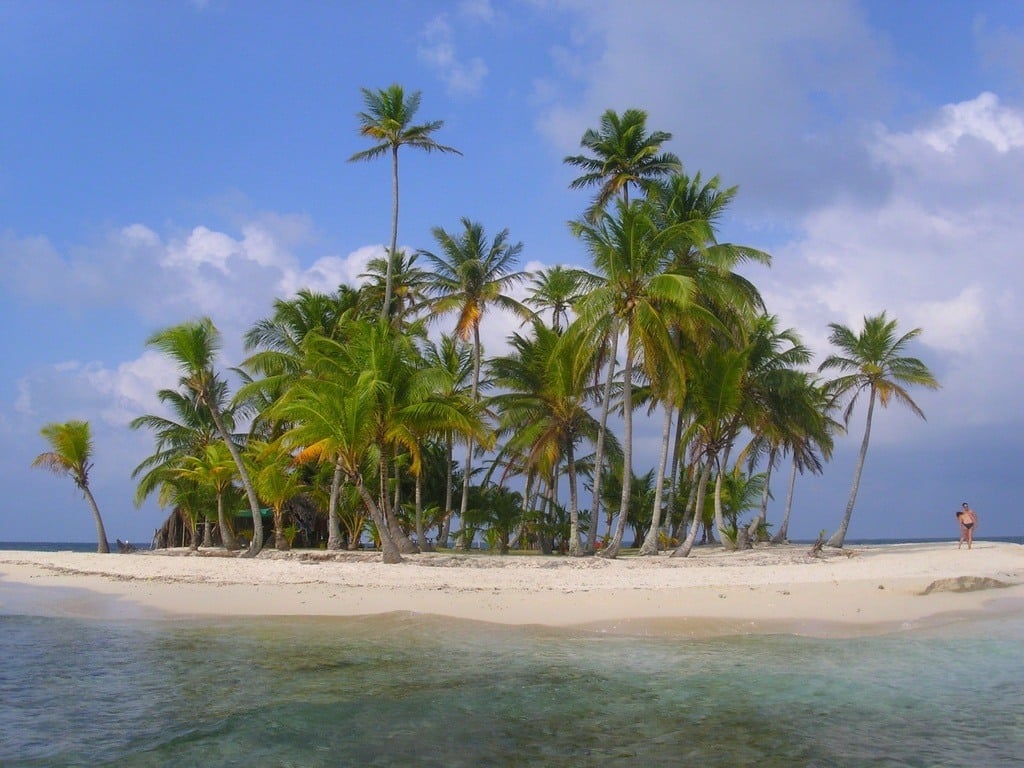
Panama has loads on offer for any kind of traveller. A mix of old and new, as well as a whole load of nature, it’s a great destination that’s more than just its canal. Although visitor numbers are increasing, there’s still a fair bit of crime going on in this Latin American country.
This is why we have decided to share with you some tailor-made safety tips for travelling to Panama to help you stay as safe as possible.
- Don’t carry around large sums of money – having wads of cash makes you more conspicuous and could make you a target for thieves
- Don’t look wealthy – SLR, smartphone, jewellery, anything expensive: potential thieves will see dollar signs when they see you
- Try not to seem like a tourist – being loud, looking lost, dressing like a tourist… All this may attract attention. Be discreet, walk purposefully and take cues from the way that people around you are dressed; try to blend in
- Be careful when taking money out of ATMs – people have been attacked using them. Inside banks is best, and avoid using them at night
- Be wary of pickpockets – they operate in busy areas, on public transport and at train and bus stations
- Wear a money belt – a no brainer. Plus your pants won’t fall down.
- Mugging does happen – if somebody tries to take your stuff, let them have it. Not worth it
- Consider a throwdown wallet – or “dummy” wallet, it’s better than having to give away all your actual money. Put a few defunct bank cards and a small bit of cash in there to make it seem legit
- Only use registered taxi companies – more on this later, but you need to be aware that they can be sketchy
- Don’t get involved with drugs – even having a small amount can land you in prison for 15 years
- Learn some Spanish before you go – a few phrases will help read menus, ask for directions, and generally get around
- Do not go swimming in the Bay of Panama – it is horrendously polluted with untreated sewage and industrial waste
- Be careful when swimming in general – riptides on both coasts, and a lack of lifeguards and warning signs, makes this genuinely dangerous to do
- Cover up against mosquitoes – dengue fever and malaria are common. Cover up arms and legs and use repellent, especially at dawn and dusk
- Know your road safety – Panama City is dangerous for pedestrians. Drivers don’t give way to human beings, so watch out!
- Carry your passport – it’s a pain, but it’s required. No copies. Tourists have spent the night in prison because they haven’t been able to provide ID with police when asks
- Don’t walk around topless off the beach – men or women. It’s strictly enforced and you’ll be stopped by the police
- Go to the tourist police if you’ve got a problem – corruption is less of an issue than in neighbouring countries. They have armbands on their sleeves
- Know what to do in the event of an earthquake – they happen here. Chiriqui Province gets numerous 5.5+ magnitude earthquakes
- Get a sim card – the benefits of maps, translation, information and being able to contact people is invaluable
- Pay attention to the weather – heavy rains can cripple your travel plans and make hiking, driving or catching a bus very dangerous.
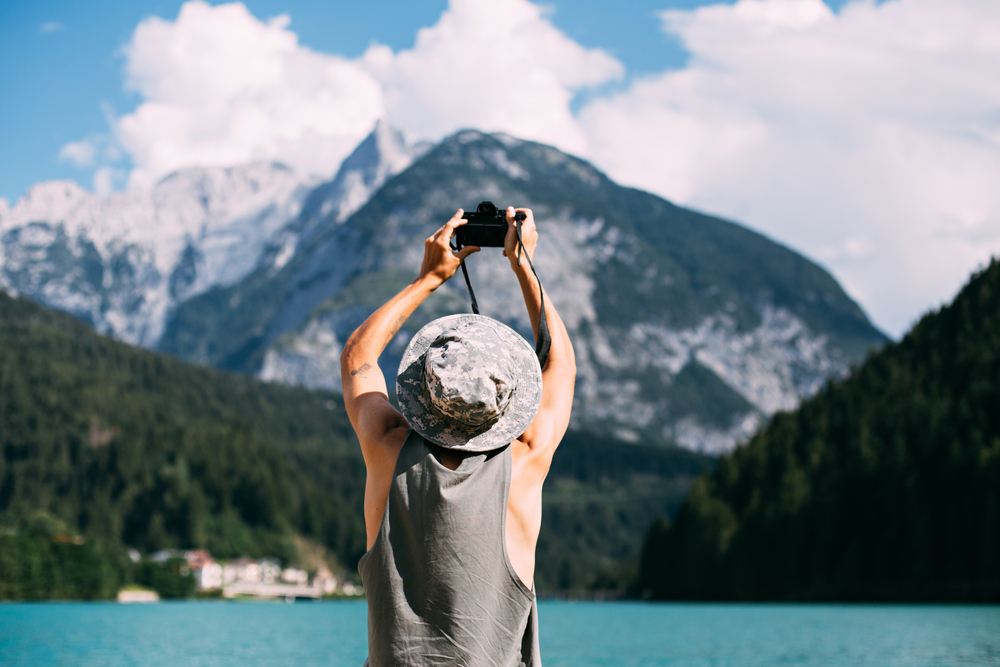
Travelling by yourself means that you can have your very own adventure. You can travel at your own pace, do what you want to do, and leave yourself open for an amazing experience. It’s not always great (getting lonely and homesick can happen), but it’s a rewarding thing.
In Panama, solo travel is totally doable. There’s enough going on to keep you busy, and enough in terms of other travellers and friendly locals that you won’t feel lonely, but it won’t be 100% awesome all the time. Here are our Panama solo travel tips to help it go smoothly…
- Stay aware of your surroundings. Being solo, you only have yourself to rely on, which means you need to be extra cautious of who is around you and what is going on in your peripherals.
- If you’re going out hiking by yourself, make sure you go well prepared and pack enough supplies. Bring adequate clothing, food, water and equipment – even if you’re going on a short hike. To be honest, we would recommend a guide.
- If you are planning on going out into nature without a guide, you should definitely notify the staff at your accommodation (as well as any travel buddies or friends/family back home), just in case. Tell them how long you plan to be gone for, etc.
- Don’t walk away from populated areas of a town or city. It can be easy to find yourself in a relatively deserted, quiet neighbourhood that isn’t so “good” as others.
- Do your research on dangerous areas in places you’re visiting. This can be a combination of your own online research – hitting up travel groups on Facebook as well as forums – and asking locals. Be sure to ask staff at your hostel or hotel where is recommend to explore, and where’s not so safe.
- Don’t push yourself too much. Even though you’ve got this whole tick list of things to do (probably), know that you don’t have to do everything your guidebook recommends.
- Please travel light! Trust us: lugging around multiple bags, by yourself, is not fun. Panama is hot and doing this will leave you a sweaty, exhausted mess by the time you get to where you’re going. It will also make you stand out as a target with a lot of stuff to steal.
- Accessing your money may seem simple, especially if you’ve just got one bank account and one card to get to it, but you should consider having multiple bank accounts. The headache of having no way to access your money is really not worth it.
- Research your accommodation in advance. Make sure that it’s in a good area of town, a secure building with staff that people mention (positively) in reviews; make sure reviews are glowing and top-notch; and if you want somewhere social that’s great for solo travellers, make sure that this is reflected in reviews.
In general, as a solo traveller, Panama is surprisingly safe. However, you should definitely pay attention to your surroundings and not make yourself vulnerable to being a victim of crime. Not standing out, not being oblivious to situations and trusting your gut will help.
Is Panama safe for solo female travellers?
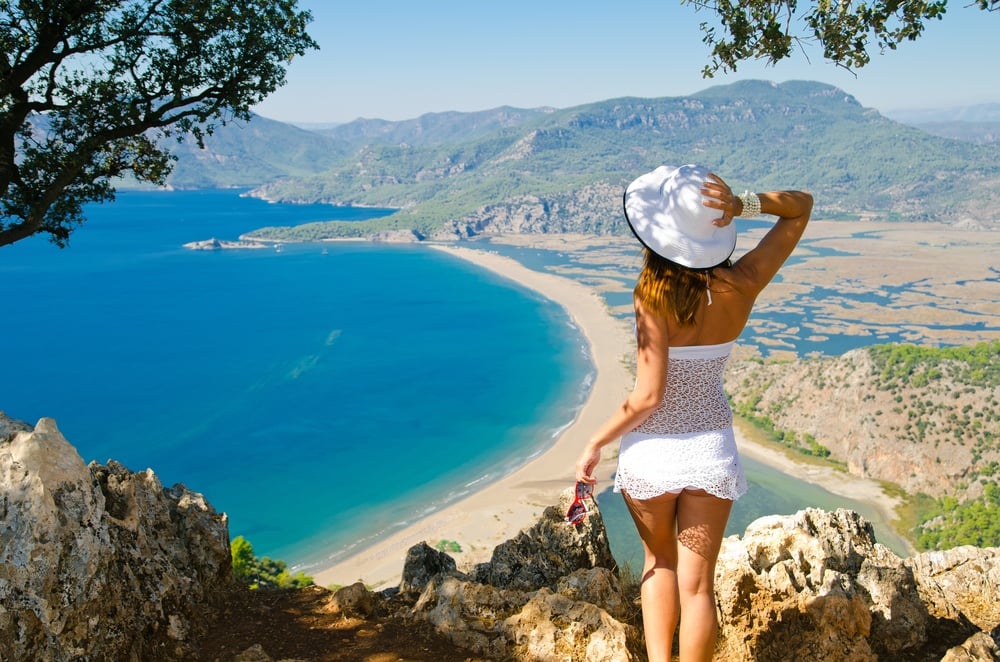
Panama is pretty safe for a solo female traveller. There’s nature to explore, beaches to admire, culture to soak up, locals to meet. It’s cool.
As a female in the world, you’re going to have to come across things like annoying men, more attention because you’re travelling solo, and some uncomfortable situations. You should keep our Panama-specific solo female traveller tips in mind…
- Some men may hassle you in Panama, mainly in terms of flirtatious comments, horn honking, staring and (bizarrely) hissing. It’s best to give these sorts of people a wide berth and do your best to simply ignore their behaviour.
- Keep clear of deserted areas and poorly lit streets at night. These are going to be the sorts of places where serious crime may occur.
- Similarly, try not to wander into areas where people will be drunk or otherwise under the influence. There is a chance that serious crime could occur in these sorts of places.
- In general, it’s not a good idea to go hiking by yourself or exploring remote areas alone. This is best done with a tour guide, preferably in a group tour.
- When it comes to what to wear, you should dress more towards modest than not. Although locals might wear more revealing, skimpy clothing, as a traveller to the country you’ll get more attention from Panamanian men for dressing the same way.
- You might want to consider making friends with some fellow travellers at your accommodation, so you can travel around and explore the country together. Either way, you won’t be with people 100% of the time, so it pays to be even more cautious than you usually would be.
- Be careful about going out to bars at night. We wouldn’t advise going by yourself, for a start. Even if you go with a group, you can still get unwanted attention.
- Don’t walk around at night – at all. It’s just not a good idea. With Panama’s crime rate, combined with you not knowing anything about the streets you’ll be walking around, it will just put you at risk.
- When you’re travelling on a long distance bus, it’s a good idea to sit next to a female or a family. You will get less hassle, you’ll feel more comfortable, and you may even get a chance to chat.
- Be wary of taxis. We have a whole section about taxis later on, but specifically, this point is for female travellers. It’s common for taxis to be shared, but this can be risky. Avoid the risk and pay a little more to have the taxi all to yourself instead.
- Make sure you choose your accommodation wisely. Look at reviews from other female travellers, make sure they’re positive, and choose according to what suits you. You should make sure that it’s located in a safe area of town and that the staff have been commented on as nice and helpful – things like that matter.
Solo female travel in Panama may seem like a distant dream, but if you’re travelled solo anywhere in Latin America before, you will know the sort of vibe to expect in this country. With that in mind, it’s not somewhere we would recommend for first time female travellers.
More on Safety in Panama
We’ve covered the main safety concerns already, but there are a few more things to know. Read on for more detailed information on how to have a safe trip to Panama.
Is Panama safe to travel for families?
As you might be able to guess, Panama is family-friendly society. If you’re looking for a place to travel with your children, somewhere that’s definitely going to be an adventurous place to be, then this could be it.
There are a whole lot of places to visit, things to see and do across this Central-and-Southern American country. There’s a lot of history, some beautiful beaches and a lot of nature to enjoy.
There is some good infrastructure for travelling around here as well as a fair few family friendly resorts.
Opt to go on a tour, which will take you on adventures into jungles and all sorts of other exciting things. There are many tour and travel agencies that are geared towards family vacations.
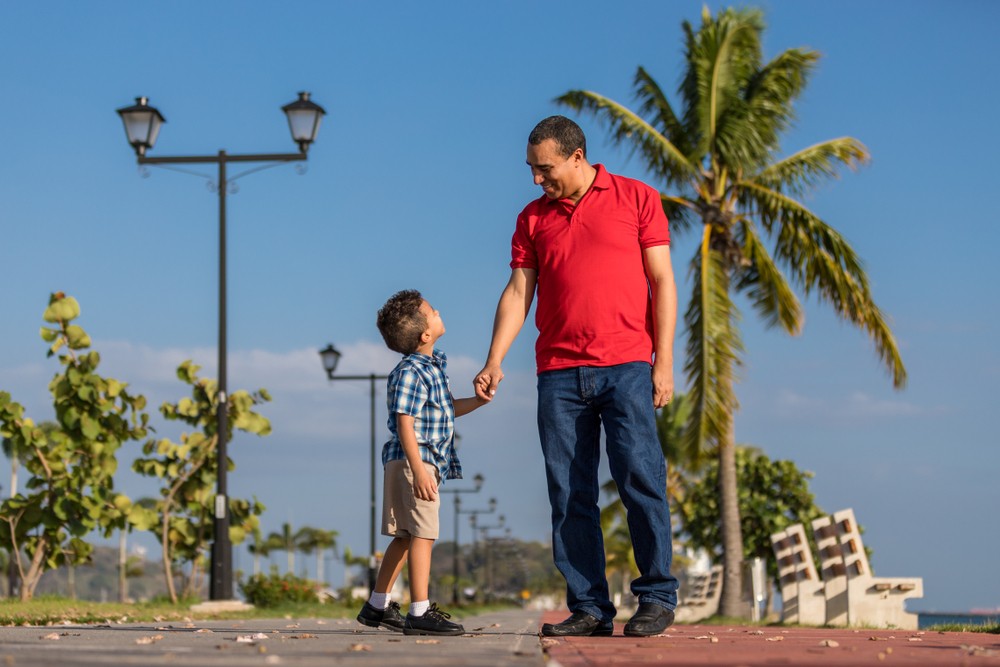
Unless you want to stay put in a resort, we wouldn’t recommend bringing children any younger than 4 as this could end up being a very stressful way to see the country.
Weather varies by region too. On the Caribbean coast, the thick forests have high humidity, as do the northern regions of Panama, with temperatures in the 70s and 80s throughout the year. In the Boquete highlands, there’s lower humidity but temperatures often soar way into the 90s during the drier months.
Needless to say, it’s important to keep your children covered up from the sun (don’t forget sunscreen), as well as from mosquitoes (make sure you use child-friendly repellent). Be extra careful at beaches and ensure that your children don’t go too far from you at any time. Warn them of the dangers of the sea!
In Panama City, it’s best to stock up on supplies for your children such as nappies and baby food. Things like high chairs in restaurants, as well as children’s menus, don’t really exist – neither do baby changing facilities.
In general, Panama is safe for families. It’s an amazing destination. Tours are definitely an option for anybody travelling to the country with their family, but to make things even safer for yourself.
Is it safe to drive in Panama?
Panama has a surprisingly good standard of roads and a good system to go with it – in general, that is. However, that doesn’t necessarily mean that driving in Panama is a good idea.
The driving standards of its citizens is pretty low. Traffic causes a lot of congestion. There are lots of hazards to look out for. Secondary roads are also (often) in pretty bad shape.
If you want to rent a car in Panama, you have to be over 25 years old and have a valid driving license. The prices for renting a car in Panama are generally pretty cheap, but if you’re going to explore off the beaten track, then you’ll need a four wheeled drive.
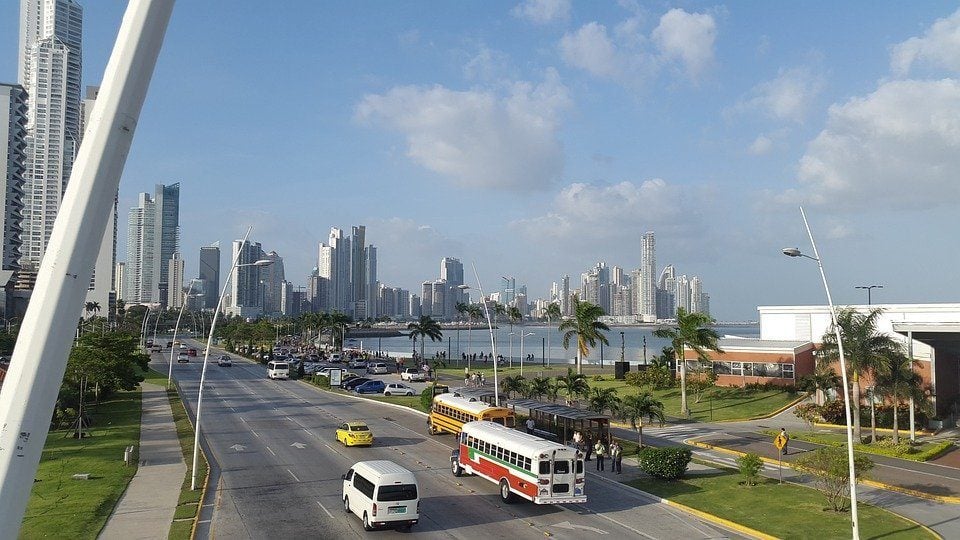
When you do you rent your car, note down all of the preexisting damage, dents and scratches. Otherwise, you could be wrongfully charged for this later.
Thefts from rental cars do happen. Make sure that you park in a safe space and don’t leave anything on display in the car; don’t leave anything valuable in the car, just in case.
In cities, traffic can be very heavy and clogged by construction work. It’s really just not worth driving in any Panamanian city. One thing to note about rural roads, on the other hand, is the habit of other drivers flashing headlights at you (indicating police ahead).
All in all, we wouldn’t recommend driving in Panama. Basically, it’s not worth it. Unless you’re really into your adventuring and part of your whole thing is to drive in rugged (or chaotic) places, we wouldn’t say driving is something you should do here.
Is Uber safe in Panama?
As of recently, Uber does operate in Panama and, yes, Uber is also safe in Panama.
It operates in Panama City and Panama City only.
Usual benefits apply: track your journey, read reviews of drivers, no worries of having to converse in a language you’re not proficient in, no need to fumble around for correct change (paying in app and all). There’s nothing much to worry about.
In fact, for longer trips, Uber actually works out cheaper than a taxi.
If you’re not an Uber fan, Cabify is also present.
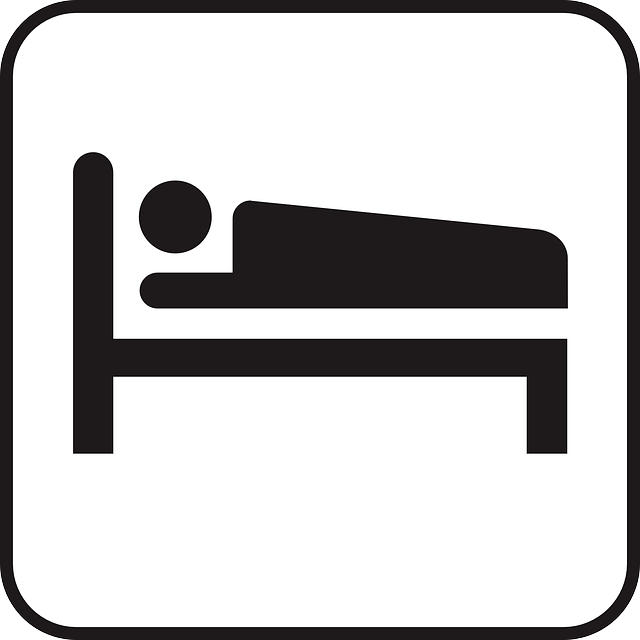 Sleep safe! Choose your hotel, hostel or Airbnb ahead of time so you’re not last-minute booking a less-secure place.
Sleep safe! Choose your hotel, hostel or Airbnb ahead of time so you’re not last-minute booking a less-secure place.
You’ll find our favorite accommodation sorted by neighborhood in the following guides:
Are taxis safe in Panama?
Taxis are plentiful in Panama. Not only that, but they’re also very cheap. However, they can be a bit of a problem. Taxis in Panama aren’t easy – or super safe.
You should only use registered taxi companies, which you can tell from their badge and their license. Both of these should be on visible display. Do not get into taxis that wait outside of hotels or malls. These are often large, American-type cars, these usually cost twice as much as a regular taxi and are unmarked.
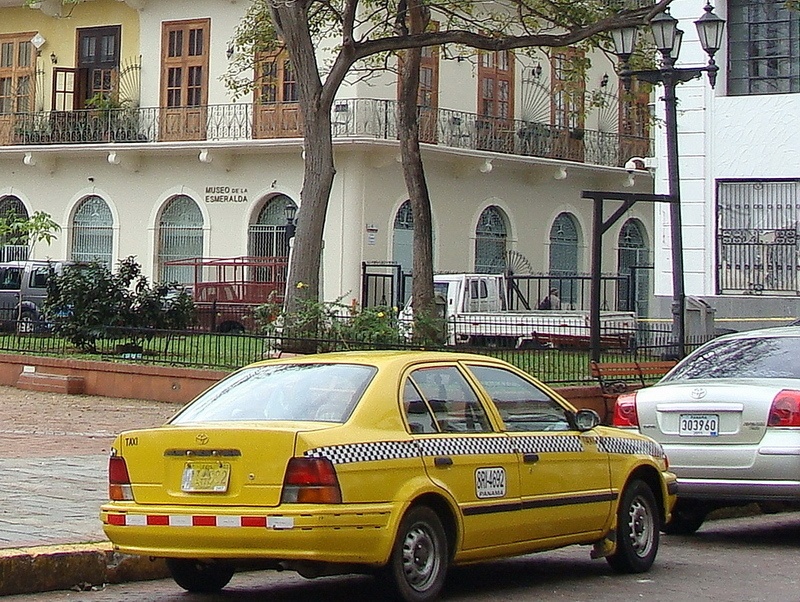
Photo: Editorpana (WikiCommons)
Also, don’t be surprised if a taxi driver refuses to take you to a certain location. It’s normal for a taxi driver to pick and choose who they drive around, depending on their destination, of course.
It’s also not uncommon for a taxi driver to pick up multiple passengers. If you’re unhappy with this, just say so, but you will have to pay more; this, however, will also mean it’s safer for you.
Taxis in Panama do not have meters. They do have standard fares (measured by zones) that they should stick to.
The most important thing to do is to ensure that you agree upon a price with the taxi driver before you leave. This way, there’s no big shock – or disagreement – when you get to your destination.
A good idea is to ask at your accommodation for what the average fare to get from A to B, or X to Y, is
It’s possible for you to just hail a cab on the street – just wave your arm. Late at night, however, or in the holidays, taxis can be hard to come by. There are a few reputable radio taxi companies that you can call up, however.
America Libre is one of them; so is Taxi Unico Cooperativa; and Radio Taxi America. These are all reputable radio taxi companies that you can use in Panama City.
To sum up, taxis in Panama are pretty good, but usually, things like agreeing on fares beforehand and not using unlicensed cabs definitely apply here.
Is public transportation in Panama safe?
The public transportation system in Panama is actually pretty good. You can get around the country quite easily and without too much trouble, being able to get to most destinations you want to see with relative ease.
In Panama City, they have just phased out its colourful “Diablos Rojos” or “Red Devils”. These old school, former US school buses – once ubiquitous in the country – were the classic way to get around, and only for around 25 cents (US).
In 2010 the Metrobus system was introduced. This shiny, air-conditioned mode of transport is government regulated and offers a safe way to travel around the city.
In fact, the Panamanian government advises tourists to use the Metrobus system to “ensure your own safety” – a few Red Devils can be seen dotted around, but we don’t recommend using them.
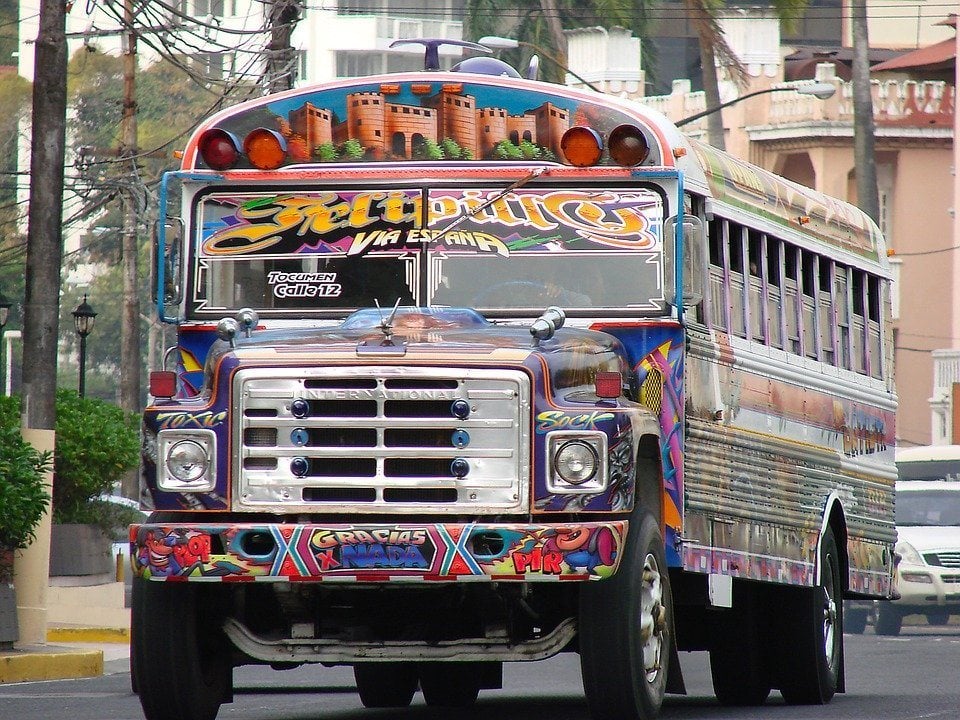
Metrobuses have dedicated bus stops, with rides costing anywhere between 35 cents to $1.35 (US); routes that use the highway are at the higher end of the fare scale. Note, however, that this is an IC card affair – no cash here, people. You have to buy a Rapi-Pass; hit up trajetametrobus.com or buy at supermarkets and bus stops (costs USD $2).
You can even catch the Metrobus from Albrook International Airport to pretty much any community around the capital.
In other parts of the country, there are fancy highway buses that can take you comfortably from east to west, or north to south. These are usually big, air-conditioned, Mercedes Benz buses – some even come with reclining seats. Though the buses are fancy and safe, the bus stations themselves are hotbeds for crime, so alighting and departing (and waiting) is when you’ll need to be vigilant.
Tourist shuttle buses also exist, but they take longer than you may expect and tend to get quite jammed full of people.
When it comes to train travel, Panama City has an underground subway system called – you guessed it – El Metro. Opened in 2014, El Metro serves 16 stations across two lines: one runs west-east from Albrook to San Isidra, the other runs between Albrook the City of Knowledge.
You use the same Rapi-Pass card to get around on the metro, too. Generally safe to use, however, around station entrances/exists you should be aware of your surroundings, and in general keep your belongings close to you.
There is a railway line in Panama, too. It goes from Panama City to Colon and is basically a chance for luxury travel in the country, harking back to colonial times. It’s pretty cool actually, running parallel to the Panama Canal and travelling through thick jungle for a lot of the journey.
There you have it: the transport in Panama is safe, reliable and cheap.
Is the food in Panama safe?
Food in Panama is a pretty tasty affair. There are mixes of influence from indigenous people, Spanish and African culinary traditions. With a lot of similarities with neighbours such as Colombia, Venezuela and Ecuador, there’s a lot of flavours to experience here.
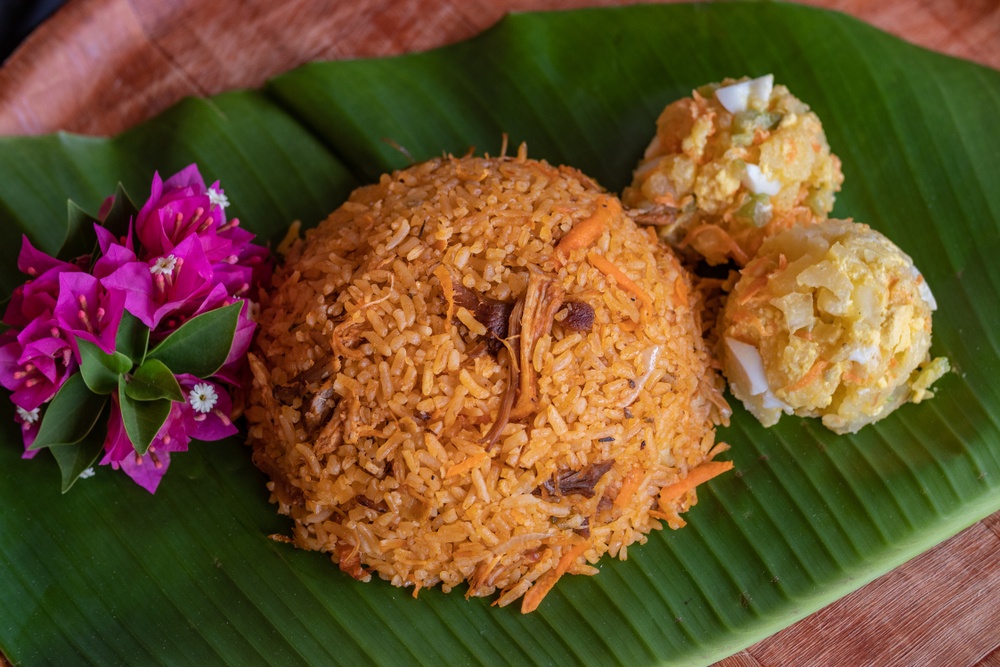
Dishes here are fairly simple, not overly sophisticated, but almost always beautifully fresh and beautifully seasoned. There’s no reason why you shouldn’t try it out, but to help you (and your stomach) eat safely here, we’re sharing our food safety tips for Panama…
- As a general rule, you should always – no matter where you are in the world – go to places that are frequented by locals. They are going to be the people who know what’s going on in terms of tastiness (as well as quality and service), so make sure you head where the tourists don’t head.
- Speaking of which, you should avoid tourist traps. Often with English signage outside and maybe a tout trying to get you in, at these places the focus is on profit, not on hygiene or quality.
- When you’re looking for a place to eat, especially in rural areas, make sure that food has been cooked in front of you, and that meat especially is served up hot throughout.
- When it comes to ceviche – which is basically a raw fish of some kind mixed with a load of other ingredients – make sure it’s fresh. In general, you should only eat it at coastal locations where you can ensure that it’s been caught the same day.
- A good place to go for cheap, filling and tasty food is a cafeteria. This is a self service type of establishment with a variety of different meals on offer. They’re popular with locals and are often open all day, which is pretty convenient.
- If you’re hankering for something familiar, then you may want to check out some of Panama’s Chinese cuisine. No, seriously: almost every single town, large and small, has at least one Chinese restaurant to its name. Vegetarians will enjoy the choice of vegetable dishes here.
- A drastic change in diet can cause you an upset stomach, so we would recommend that you don’t go in too hard when you first get to Panama. Ease yourself into the new cuisine and you should be fine.
- Wash your hands! It seems like the simplest ever thing, but your hands pick up a lot of bacteria and germs even just on a normal day.
The food in Panama is safe. One of our favourite things about this place is its tortillas. Not like Mexican tortillas, they’re also made from corn dough but are generally thicker. Breakfast here often means tortillas topped with eggs and melted cheese – very delicious, by the way.
Can you drink the water in Panama?
The tap water in Panama is mostly safe to drink. In Panama City and most other parts of the country, it’s totally fine.
However, in the provinces of Bocas del Toro and Guna Yala, it’s not so safe. Here we recommend that you either buy bottled water (not good for the amount of plastic involved) or boil water vigorously for 1 minute, or 3 minutes at higher altitudes.
In these areas, you should also avoid ice cubes.
Make sure you bring a refillable water bottle so that your trip to Panama is a sustainable, planet-friendly one.
Is Panama safe to live?
You may have already heard about expats living in Panama. A lot of people from Canada and the US make their way to Panama for a more laid back life.
In fact, it’s a rather favourable expat destination – especially for North Americans since, well, it’s close.
There are a lot of pros, to be fair, when it comes to living in Panama. First of all, you can have a relatively nice life for a relatively low cost. There’s also friendly locals to get to know, and who will be quite welcoming to outsiders; there’s amazing nature to explore; things are quite reliable here too (internet, tap water, electricity, etc.).
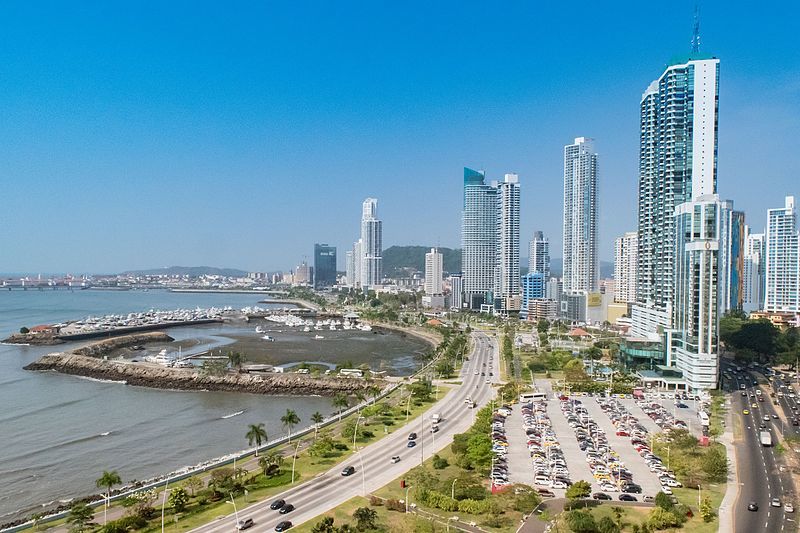
Of course, it’s not all amazing all the time. Things can be pretty different to where you’re from: driving isn’t fun, nature can be dangerous, and then there’s the crime.
The pickpocketing, the violent crime and the drug trafficking could all add up to a place that you don’t want to live in. Being in Panama, therefore, means not living how you would back home. Wearing jewellery, looking rich, anything that singles you out as someone with money is not a good idea on a day to day basis.
Things like break-ins and burglaries are not uncommon; people go as far as having bars put on their windows and guard dogs to protect their homes. A house or apartment with good security will not only give you peace of mind, but actually make a difference in your life, keeping you and your stuff safe.
Life is obviously going to vary depending on where you choose to live, from a fishing village – where things will probably be much more old fashioned and laid back – to the capital city, which is where you’ll find a big portion of other expats and more opportunities.
If you don’t feel like living in Panama City – which does, to be fair, offer up the amenities of a modern city but with the rainforest a day trip away – there are smaller towns that might offer a chance for you to live a completely different lifestyle.
Before you do anything, you should definitely do your research. First off, visiting the country will help. Secondly, head online: ask questions on expat forums, research safe places to live, what sorts of jobs you can do in Panama, and then make your decision.

A new country, a new contract, a new piece of plastic – booooring. Instead, buy an eSIM!
An eSIM works just like an app: you buy it, you download it, and BOOM! You’re connected. It’s just that easy.
Is your phone eSIM ready? Read about how e-Sims work or click below to see one of the top eSIM providers on the market and ditch the plastic.
Buy an eSIM!Is it safe to rent an Airbnb in Panama?
Renting an Airbnb in Panama is a great idea. And it’s perfectly safe, as long as you read the reviews. Staying at an Airbnb during your trip will also open up new possibilities and options to experience the country. The local hosts are known to take great care of their guests and give the absolute best recommendations of what to do and what to see. Local knowledge always goes a long way, so be sure to reach out to your hosts if you’re unsure about how to fill up your Panama itinerary!
On top of that, you’ll stay safe with the reliable Airbnb booking system. Both hosts and guests can rate each other which creates a very respectful and trustworthy interaction.
Is Panama LGBTQ+ friendly?
Panama might not have legalized same-sex marriage yet, but it’s definitely transitioning in the right direction. The mostly conservative country is pretty safe for LGBTQ+ travellers, however, you do need to keep in mind that most people aren’t used to seeing same-sex relationships out in the open. If you’re confident enough to publicly show it, we’d say go for it, but try to keep public affection at a moderate level, unless you want to get weird looks or comments thrown at you.
There is a bit of gay nightlife, but only in Panama City and it is mainly targeted towards gay men. Panama has also been holding Pride Parades since 2005 and all of them were successful. While the catholic church is still fighting against it, the overall attitude towards same-sex relationships is slowly improving.
FAQ about Staying Safe in Panama
Here are some quick answers to common questions about safety in Panama.
So, is Panama Safe?
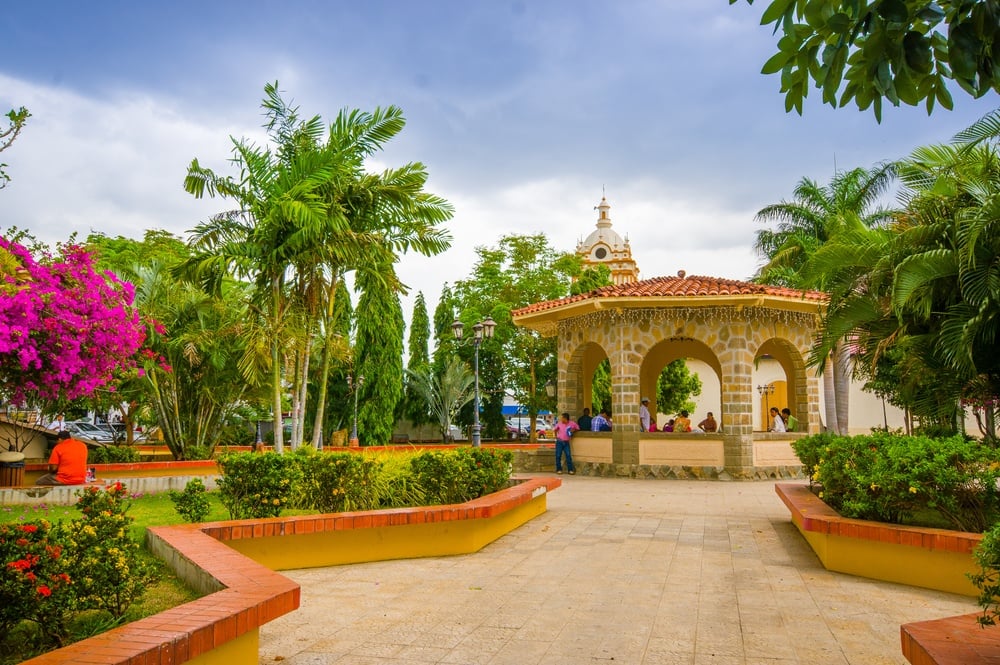
Panama is statistically speaking one of the safest countries in Central and South America.
Even so, there are things about Panama that may make you think twice about visiting this country: theft from tourists is common, pickpocketing happens, muggings can occur too. This isn’t like where you’re from (most likely, anyway) and will, therefore, require you to be more careful and cautious than usual.
The position of Panama, sandwiched between Central America and South America, occupying both Caribbean and Pacific coasts, is both a blessing and a curse. You get the best of both worlds in terms of natural beauty on either side, you get the rainforest of the Darien Gap, but then again, it’s the funnel through which so much trafficking takes place, making a lot of the country unsafe to travel.
However, it’s all relative. You could come to Panama, stay in a resort, and be absolutely fine the entire time – no safety issues at all. You could even have a tour organised when you plan to visit, meaning you get to travel around with a group of people and led around by a knowledgeable guide (our recommendation). Independent travel, however, is possible: just be sensible with how you go and you’ll be fine.

And for transparency’s sake, please know that some of the links in our content are affiliate links. That means that if you book your accommodation, buy your gear, or sort your insurance through our link, we earn a small commission (at no extra cost to you). That said, we only link to the gear we trust and never recommend services we don’t believe are up to scratch. Again, thank you!


